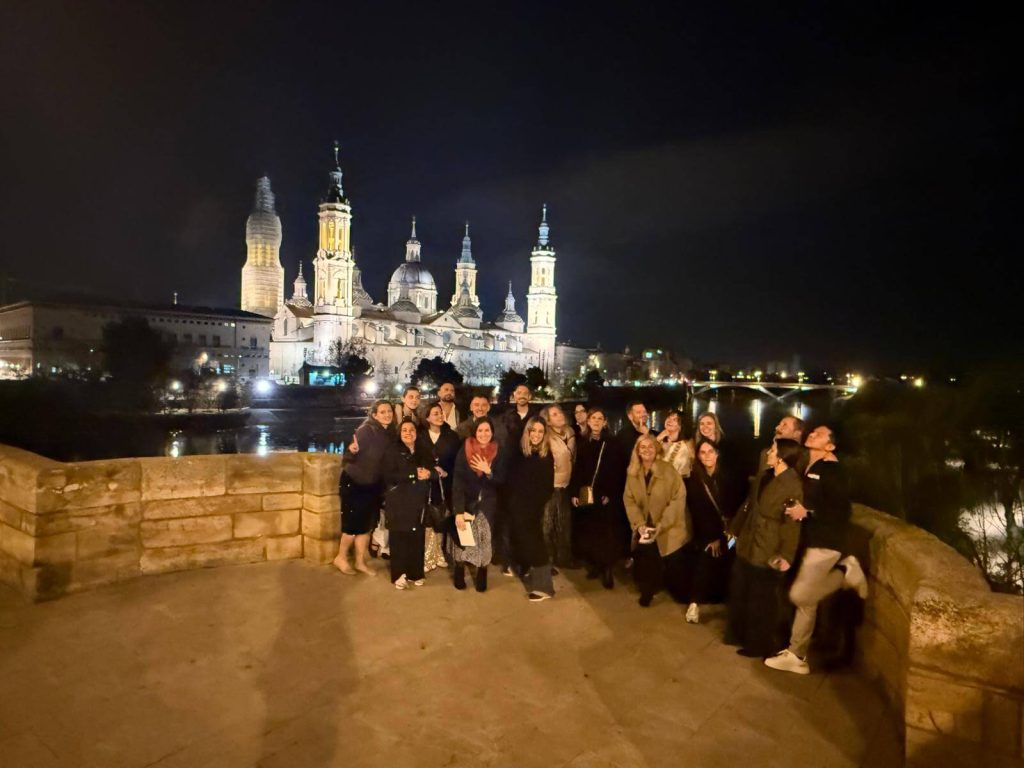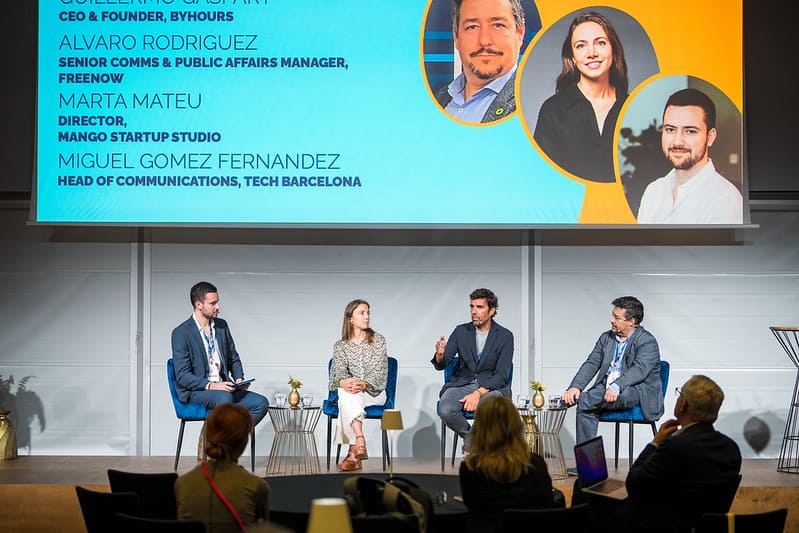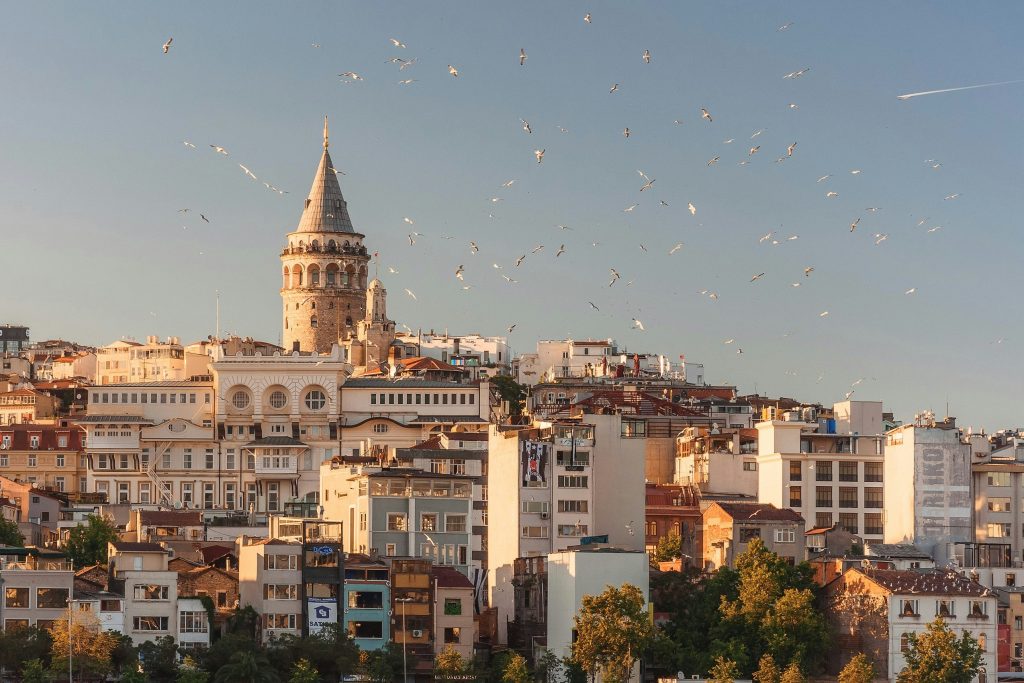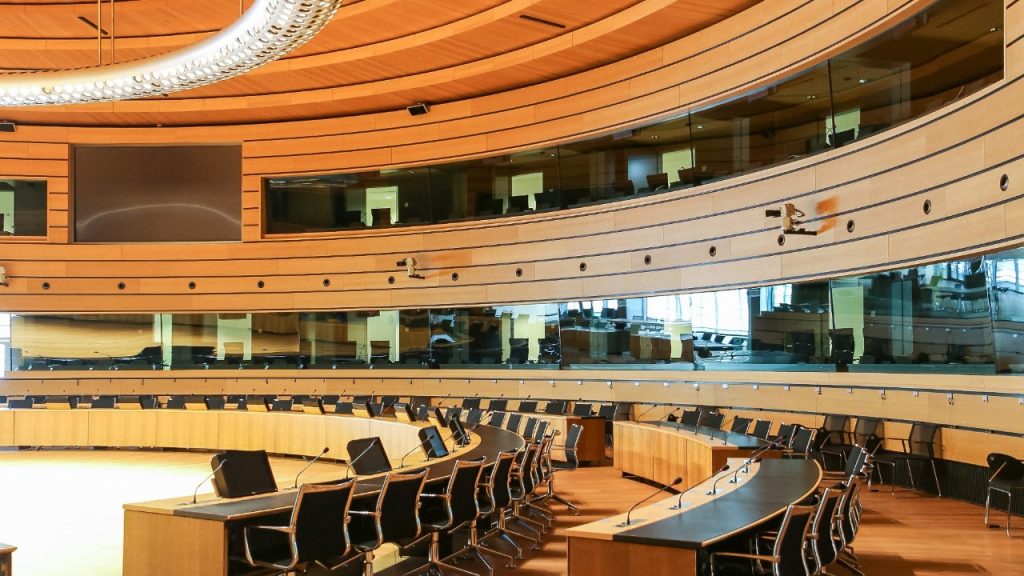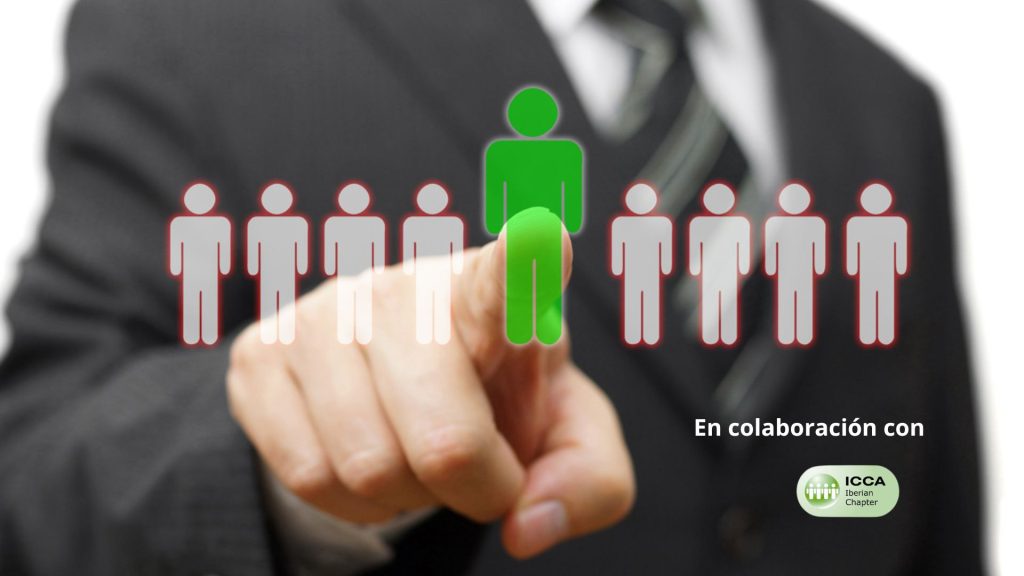What is the Event Canvas?
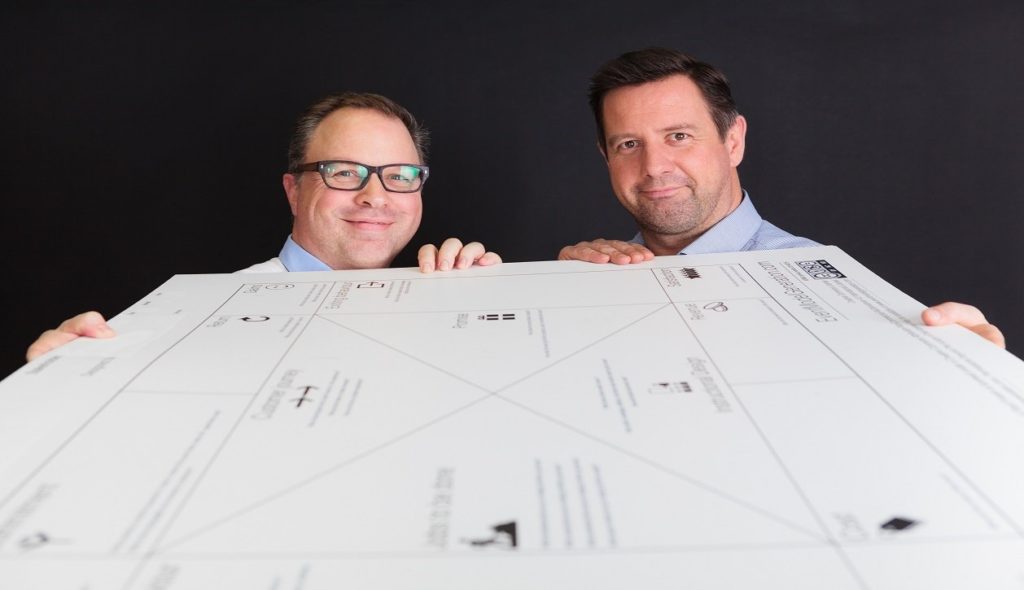
Share news
Listen
The certified group includes one professional from Spain, Angeles Moreno (currently president of MPI Spain) who sees this method as “the most complete and interesting offer to learn a methodology for event design and share it with all event stakeholders. And the only one with a method, several tools and resources focused in understanding how to change behaviour”.
So what is this? The method, conceived and led by Ruud Janssen and Roel Frissen, aims to offer a framework for designing more effective meetings. Roel tells us more.
First the basics: how would you define event design?
Just in the same line as Design Thinking: event design looks at everything from a user perspective, what their experience is, how they interact with us… Bear in mind that in events, we have several stakeholders and we have to make sure that everyone’s experience is productive. The result is also that event design is a common language to bridge the gap between event owner and event planner, using a solid framework.
We created the Event Canvas and found out it had much to do with design thinking. Design thinking is very powerful, and is increasingly used by companies such as IBM and Mc Kinsey, to understand issues and create solutions with the client in mind.
How does the Event Canvas work?
It is about two things: managing several stakeholders, and behavior change. It is a tool and a process (explained in a book, available online). Participants learn to work in groups, to interact with the event owner, ask them the right questions to understand their needs and each of the stakeholder’s needs, motivations, pains, gains… and then design a better event to meet the objectives. This analysis of stakeholders is essential, so we start with a stakeholder alignment exercise, and map them in a matrix and look at what power and interest each stakeholder has.
We have three phases in our working process: change (identify the change the event has to produce), frame (if you don’t have a frame, then your design will just be art), and only then you move to design, conceiving the event using a series of tools and knowledge.
Our industry is not conscious of the stakeholder, especially the event attendees?
The fact of understanding the stakeholders is essential and often done poorly. To ensure you look at the user and empathize with them, we use the Empathy map, to define in detail how the stakeholder feels before the event and how they should feel after. The best is to involve them in this diagnosis, but even without talking to the stakeholder, you can get a pretty good understanding of how each feels.
In which part of the planning process does the canvas come into play?
Ideally, even before the briefing. We warn our professionals against the traditional type of briefing process which often forces you into an execution role, as it often will tell you what to do. We could even provocatively say “don’t go to the briefing”, meaning that you have to co-create the canvas first with the client, before defining the briefing. If you go through the process of the Event Canvas with the client, a more complete and strategic briefing will be the result.
How long does the process work?
It is a thorough process. It is not strange to spend one or two days on the canvas, which is why meeting owners don’t always come to the whole session, for instance coming for ½ hour at the beginning and 1 ½ hours at the end. Of course this is always on a case by case basis, but the message is: do it well, and take time for it.
Ruud and Roel will give two sessions in EMEC (Granada, 5th-7th March):
- A 75-minute session for people who want to grow their awareness. Rather than a typical keynote, this session will involve you: Ruud and Roel will create awareness that there is event design happening. They will ask the group to come up with an event everyone knows, for instance a large international event. “We will map the event from one stakeholder perspective and go through the full canvas, to show that it is easy to dissect an event. Even if you don’t know the event completely, you can understand if an event is well designed or not”. Because analyzing an event is not about looking if the setup is nice and the speakers sound good…
- The second session is for people who want to get their hands dirty! Called “From Thinking to Doing: Using the #EventCanvas – Level 1 Mastery”, it is an executive track Event Design workshop which is the first part of the Certified Event Designer training programme. This will be a full day (spread over two calendar days) of highly practical exercises, which leads to participants getting a level-one certificate. It has a 50-euro supplement.
EMEC, Europe’s main meetings and events conference, will take place in Granada, Spain, 5th to 7th of March. http://www.mpiweb.org/events/emec-2017/home


